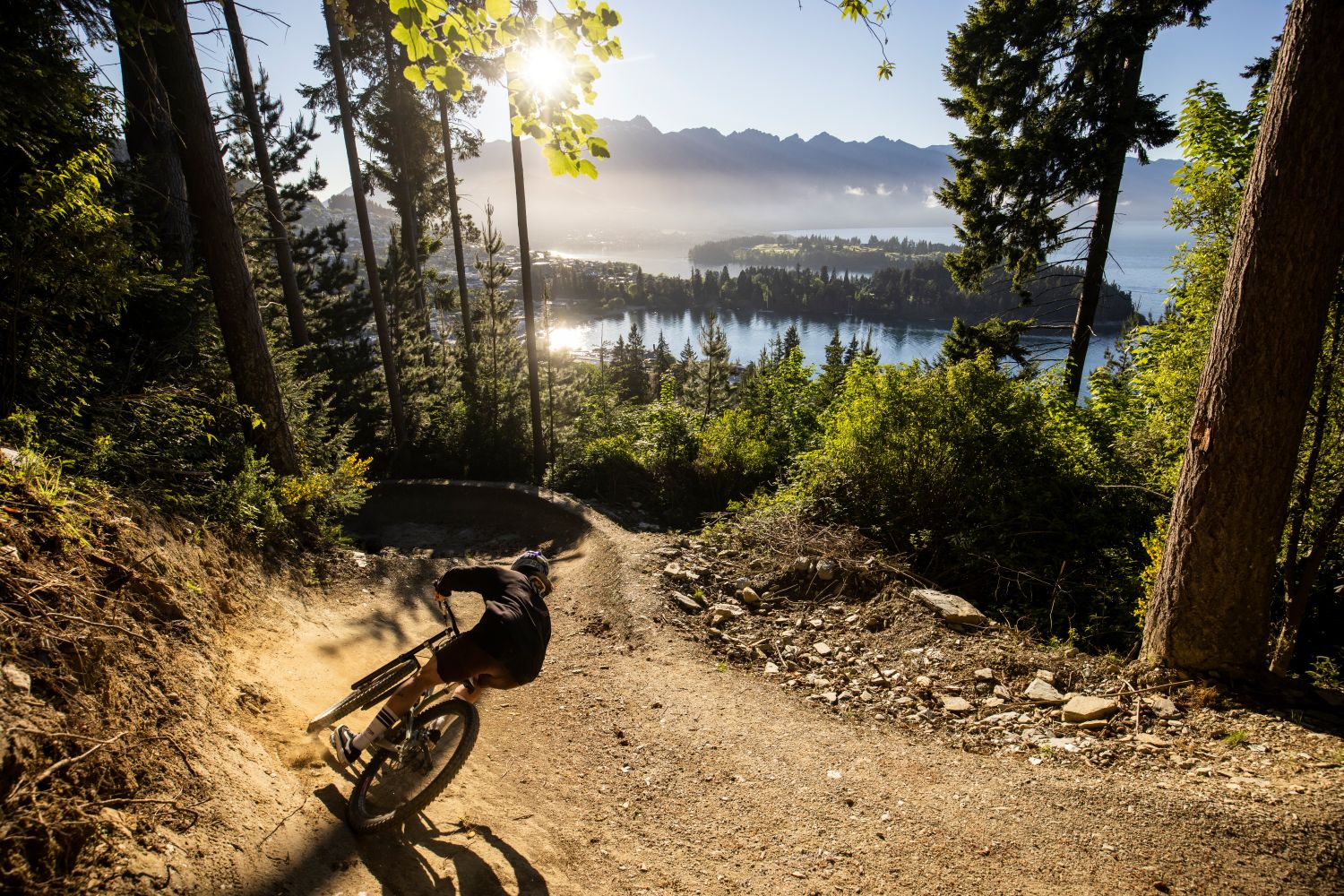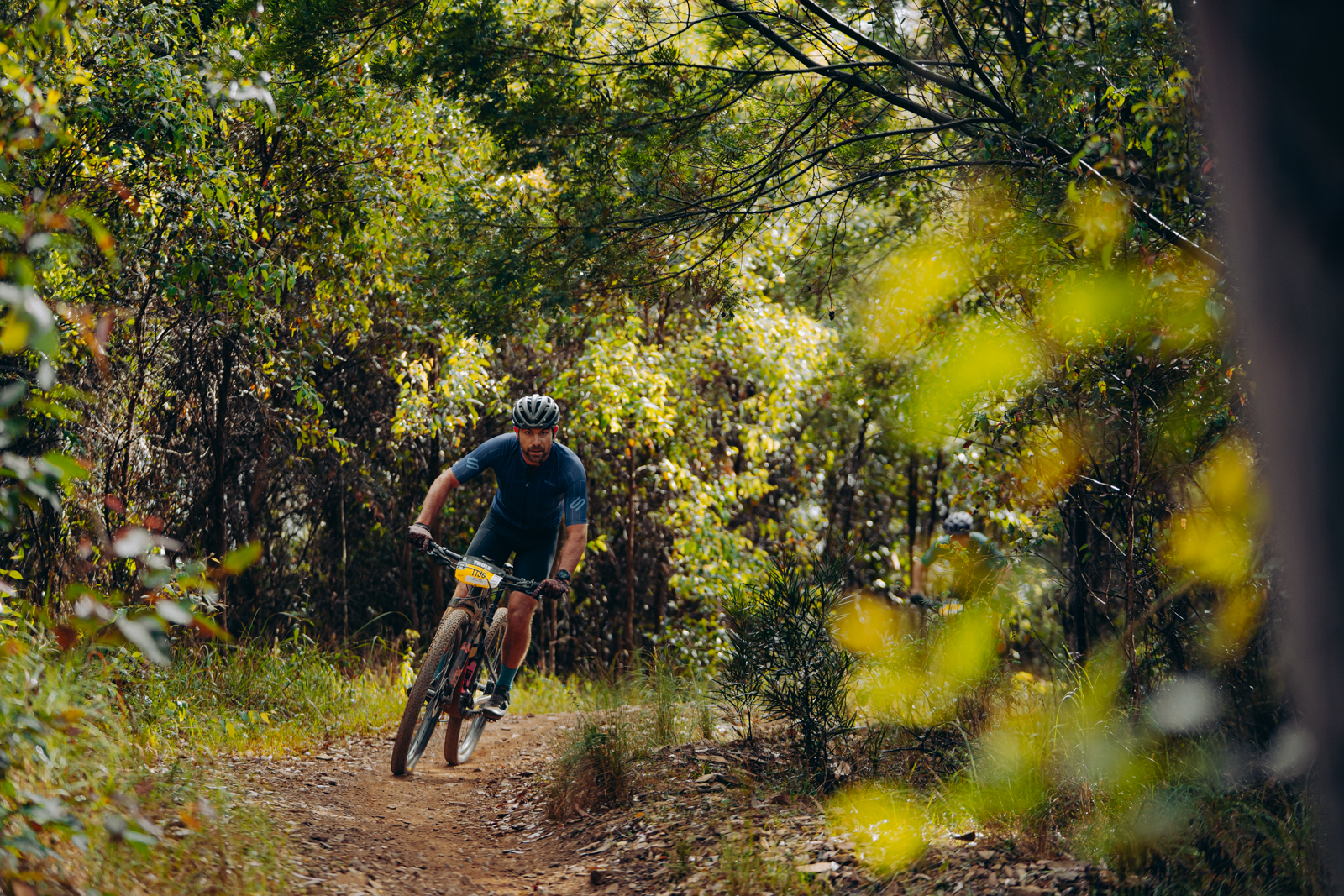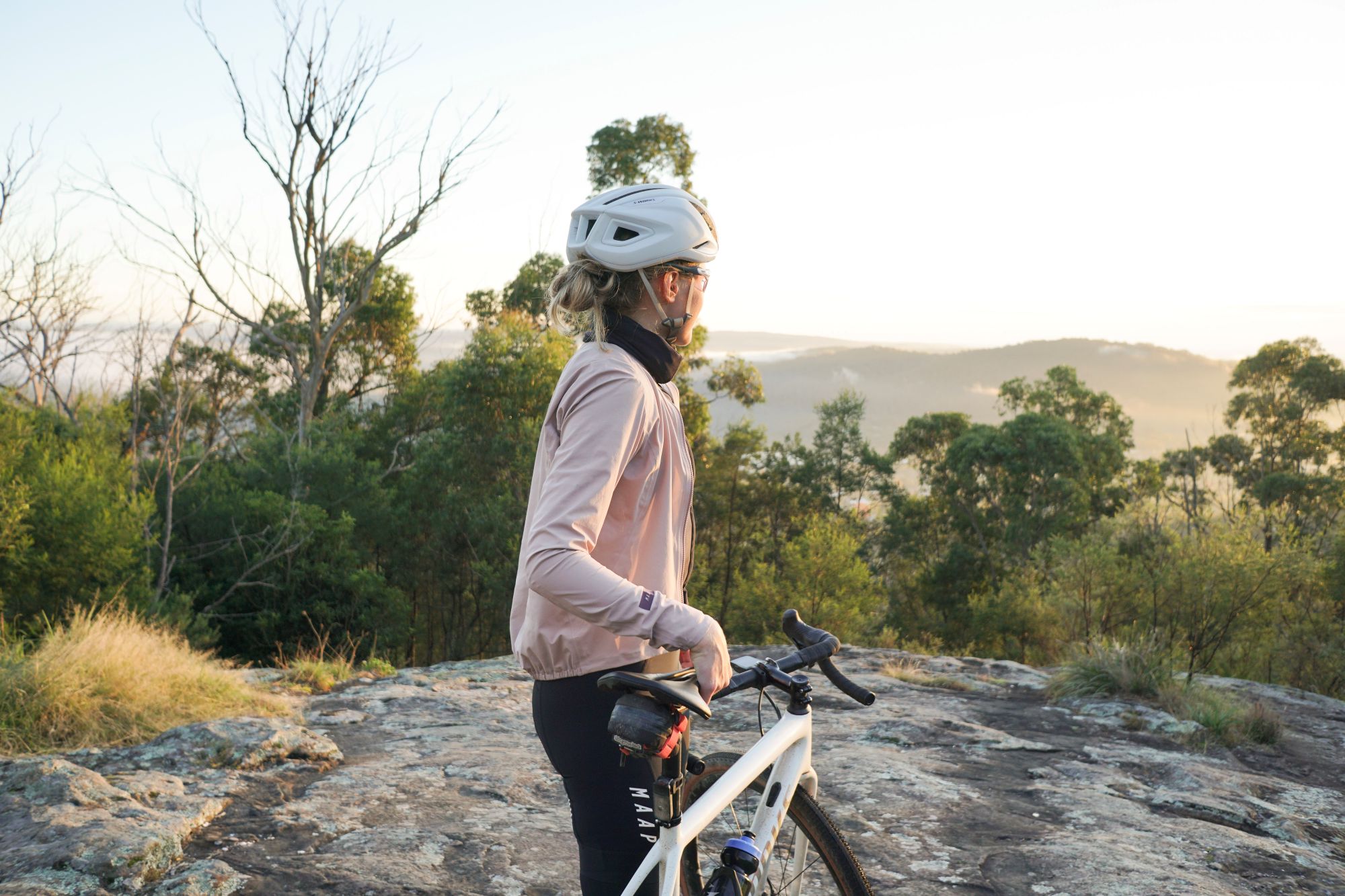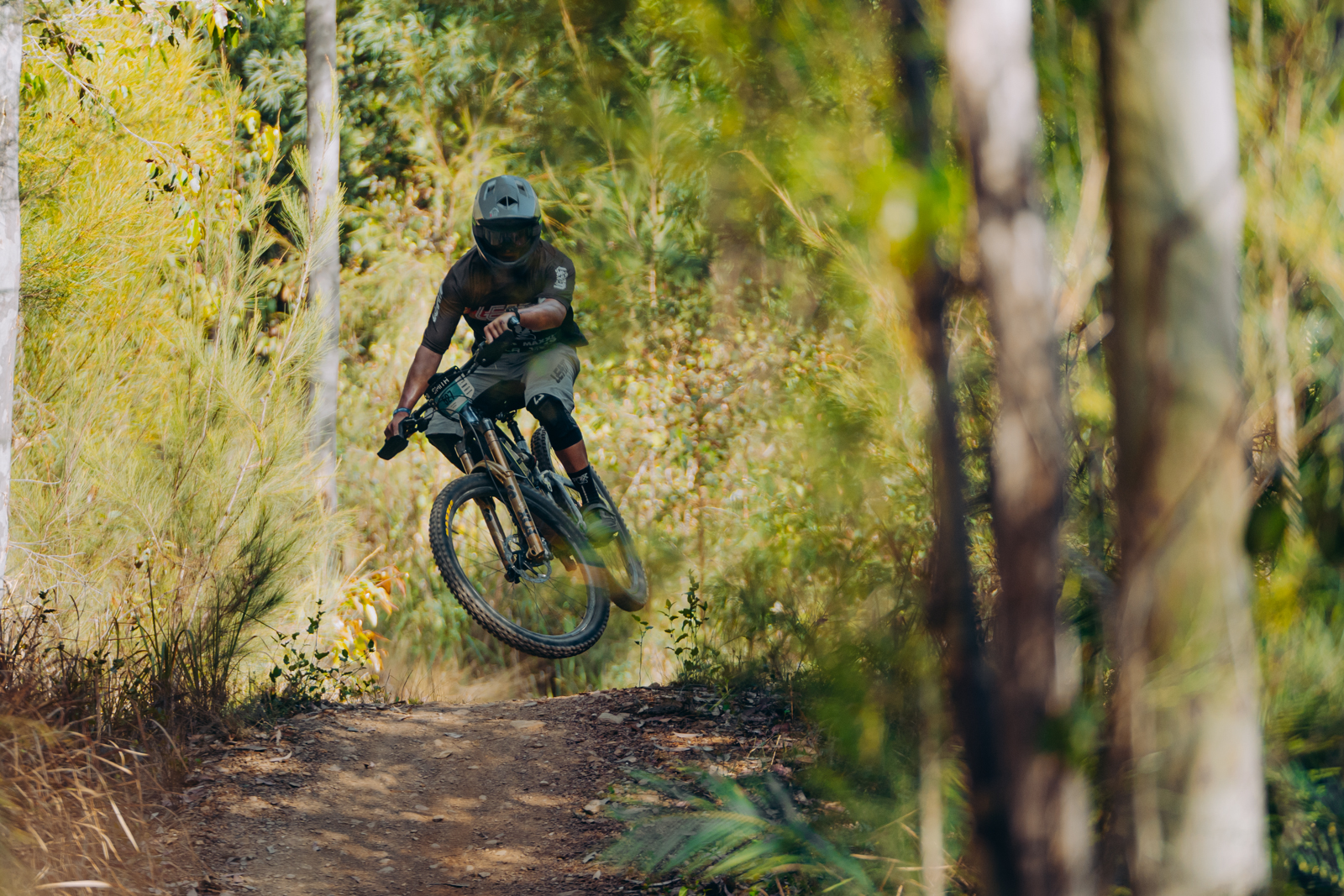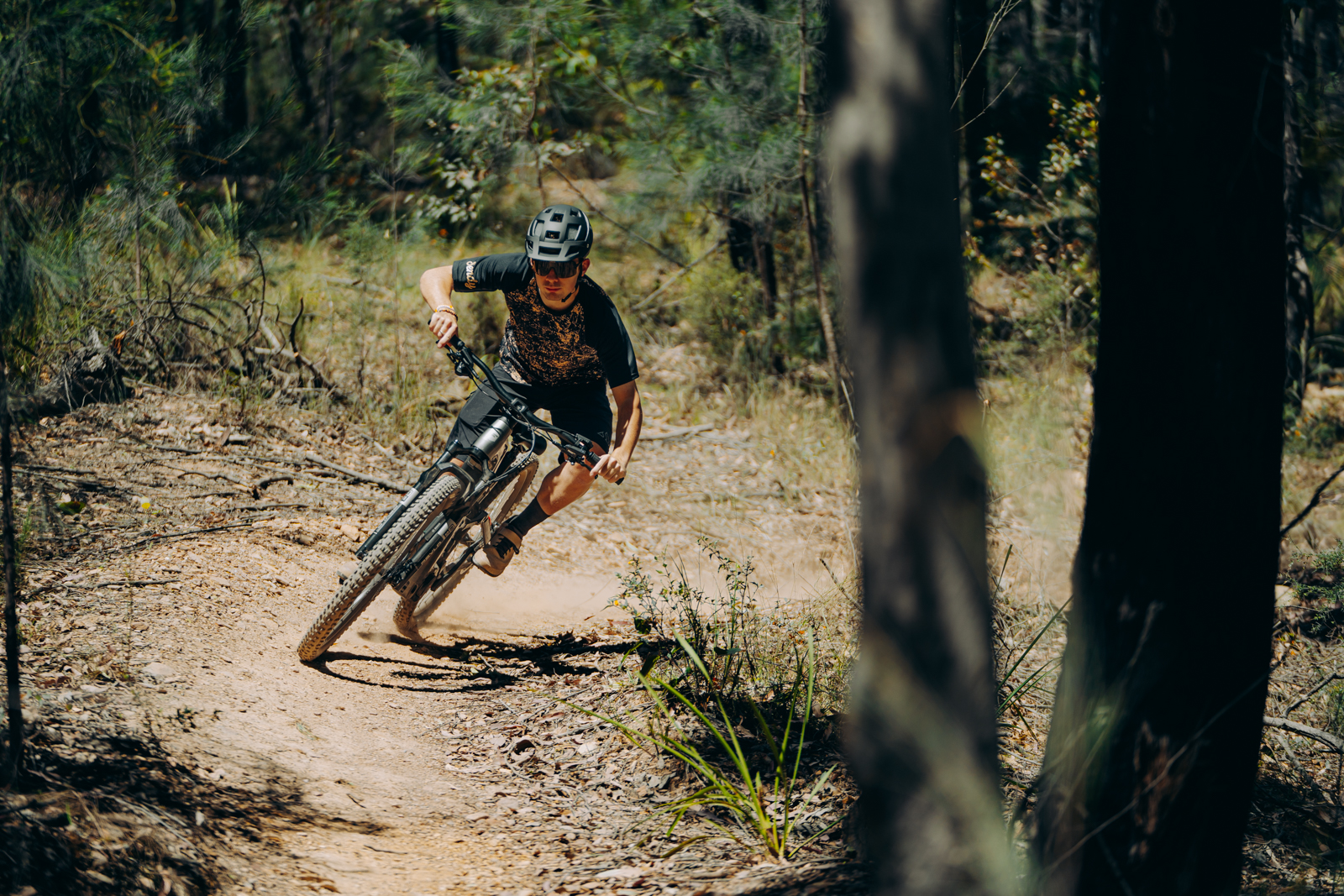It’s undeniable: fast, fun, predictable, perfectly sculpted mountain bike trails are a lot of fun. Maybe you’re in a train of mates, all ‘yeewwww-ing’ your way down, or maybe you’re new to the sport, learning how a bike feels over rollers and around berms, with a freeway of width to accommodate your developing skills. Then, in contrast, there’s the old-school, raw trail, often gnarlier, slower, and demanding precision as you edge your way down. You hold your breath down a janky, rocky garden and survive it. The adrenaline of making it down alive is unforgettable.
Both have their place, but with the influx of sculpted, sanitised, bike-park-style mountain bike trails across Australia, is the wild side of mountain biking being left behind?
Over the past decade, we’ve seen exponential growth in government investment in mountain biking, driven by the benefits to regional tourism, economic diversification, and community wellbeing. With this has come a boom in trail-building businesses, such as World Trail, well known for bringing to life the iconic trail networks of Derby, Falls Creek, St Helens, and Mount Buller. Other respected outfits, like Trailscapes, Dirt Art, and Contour Works, are also shaping Australia’s growing mountain biking landscape.
Enjoying this feature? You’ll find plenty more like it, plus gear tests, interviews, and trail stories—in AMB Magazine. Subscribe here and don’t miss the next issue.
Places like Derby, a former mining town, and Maydena, a tiny forestry settlement, are now recognised globally as thriving mountain biking destinations. These towns have been revitalised by bikes, and that growth is something to genuinely celebrate.
Machine-built flow trails – smooth, sculpted, and berm-heavy – are now the norm in many new networks. They’re beginner-friendly, lower-maintenance, and accessible to a wide range of riders. These gentle, rollercoaster-like trails often act as a gateway into the sport, helping new riders build confidence without the intimidation of rocks, roots, or steep descents. Let’s be honest, we’ve all walked down a section that was a bit too far above our pay grade, and that ‘walk of shame’ doesn’t exactly feel like fun. Berms, on the other hand? Always fun.
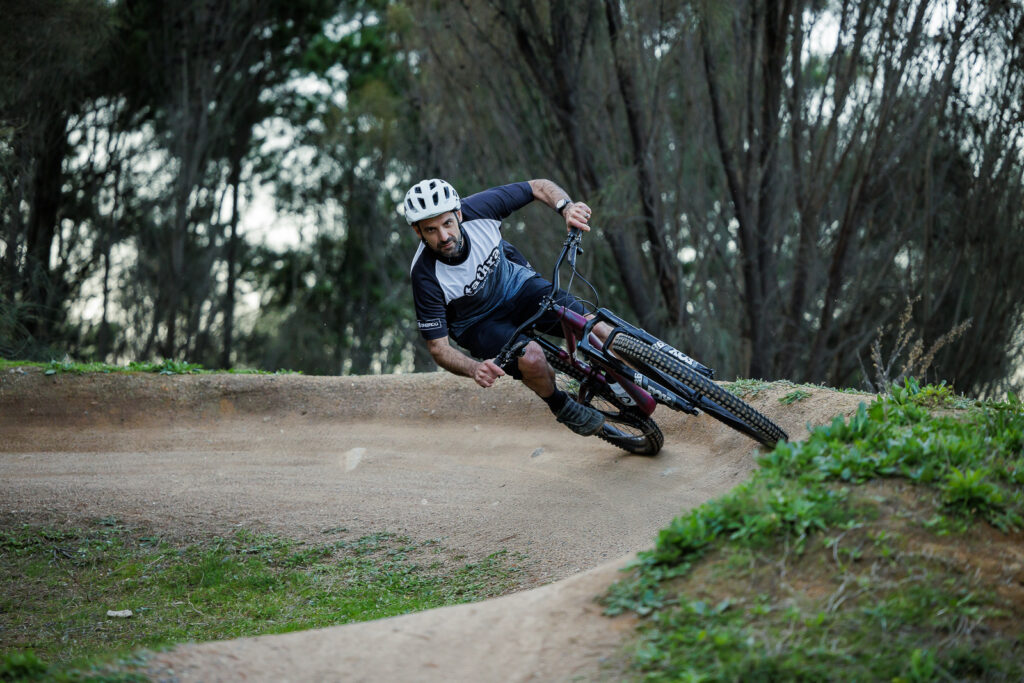
The rise of flow trails has absolutely been a good thing for accessibility and growth. But what are we losing? Raw, natural trails, full of roots, ruts, off-camber corners, loose rocks, and unpredictable lines, teach bike handling in a way that groomed trails never can. Riders raised solely on sculpted terrain may miss key foundational skills: how to read complex terrain, modulate braking on changing surfaces, and move dynamically over irregular ground. Confidence builds quickly on flow trails, but that confidence can easily outpace technical ability – especially when speed is so easily gained but not always skillfully managed.
Anyone who’s ridden a handful of these new networks has likely noticed a creeping sense of sameness. Despite the varying landscapes, many of these trail systems begin to feel homogenised, designed to a familiar ‘flow-trail’ formula, with less variation and fewer surprises.
That’s why balance is key.
A healthy mountain bike trail network should offer both sculpted and raw experiences, and listen to what the local community actually wants. Community input matters. Trail plans should aim for diversity and progression (READ: Why progressive trail design matters), not just in difficulty, but in trail character. It’s nearly impossible to build trails that cater to everyone, but credit goes to the trail builders who try. The best builders are those who evolve with the sport, creating opportunities for new riders without erasing the challenge that experienced riders still seek.
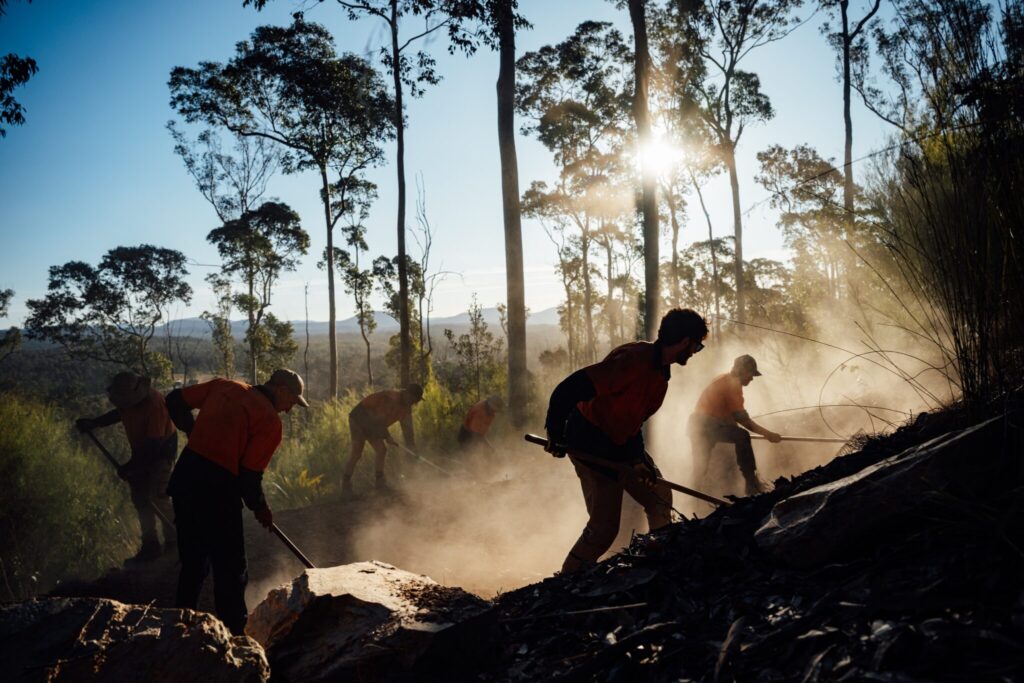
There’s an art to building flow without sterilising everything, and it’s not easy to blend machine-built precision with the unpredictability of natural terrain.
Mountain biking is a broad, evolving discipline. It’s so much more than just gnar for the purists, but we should still ask ourselves: What kind of rider do you want to be? When was the last time you felt a little out of control… in a good way? Maybe it’s time to seek out the mountain bike trails that make you a little uncomfortable.

